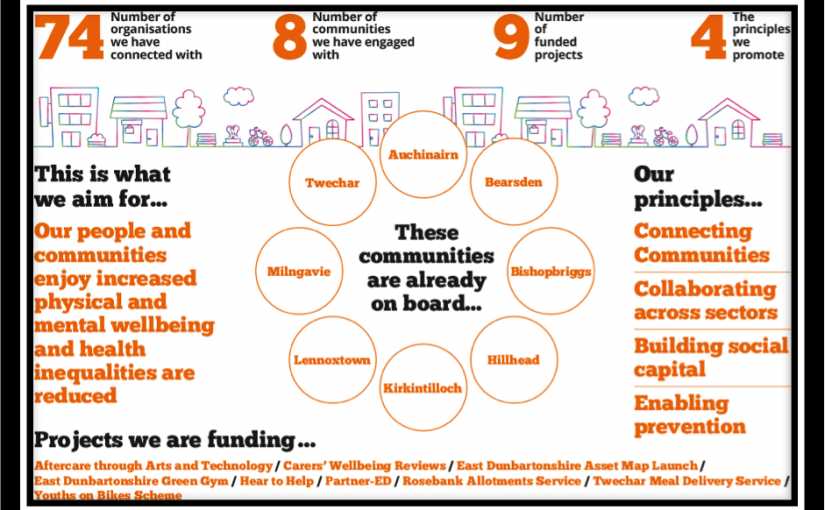This report from the Improvement Service provides an overview of the current practice of place-based approaches in Scotland across 27 local authority areas and also details the general literature on place-based approaches. The document includes a practical tool to enable partnerships to shape their thinking and approach before undertaking a new, or re-developing an existing place-based approach.









